Where from Here in U.S.-China Relations: Learning from the Past to Guide the Future
- Analysis
 David M. Lampton
David M. Lampton- 12/17/2024
- 1
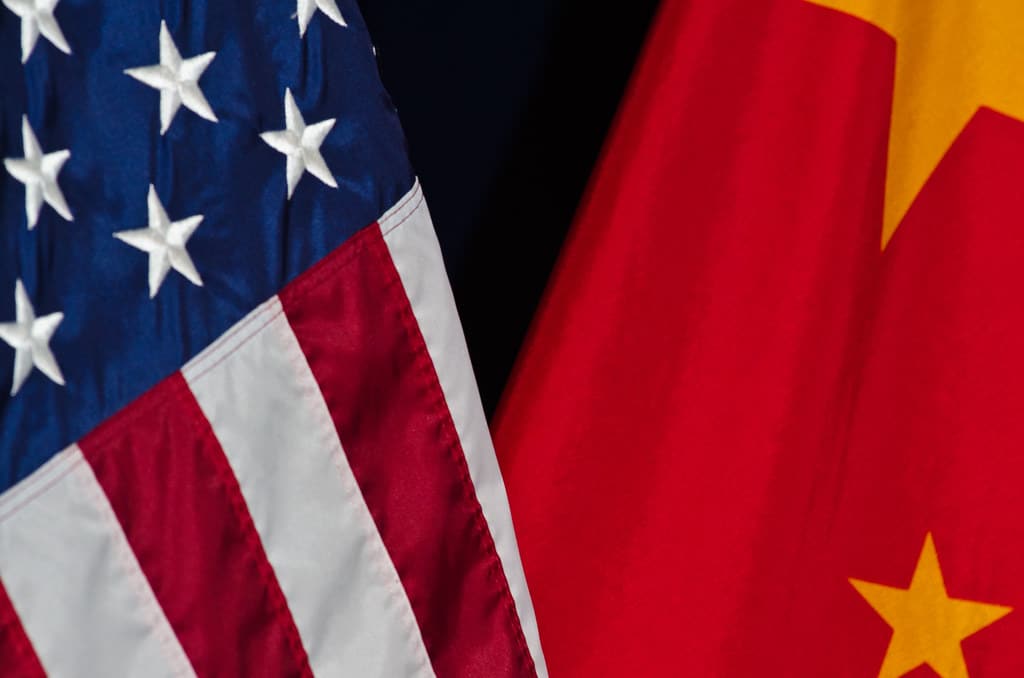
There is no time to waste today, as there is no time to waste in this era, given the fierce urgency of U.S.-China relations. I speak for myself, absolutely not for any organization or government.
I wish to thank The China Association for Friendship, particularly President CHEN Zhimin, for organizing this timely meeting. I also want to thank Professor Sam Zhao and the University of Denver for making this meeting possible for the Americans present.
I address three issues here: 1) Where does the U.S.-China relationship stand today and what are its underlying dynamics? 2) What, does modern history suggest, are key lessons to remember as we seek to manage our current deteriorating circumstances? 3) What could, and should, be done to move more positively into the future? My remarks are offered in the hope that both China and America can agree to follow a better path forward, and with an underlying optimism that sooner or later we will return to such a path.
The Current Situation
I know there is considerable interest in the post-election circumstances in the United States. It is too early in the transition to be definitive. Transitions are times of uncertainty, this one unusually so because of the conjunction of: global tumult, personnel uncertainty, domestic politics inside the powers, the behavior of third parties, global economic and other challenges, and the transactional character of President-elect Trump himself. Just one example of the global tumult: When I got on the plane to come to Beijing, Assad of Syria seemed firmly in power; when I got off the plane, his dynasty was gone.
I expect a U.S. domestic circumstance ahead with the following characteristics: 1) Tension between two diverging policy tendencies already apparent in President-elect Trump’s nominations—non-interventionism versus the warrior element. 2) Tension between Trump’s strong assertion of executive prerogative and a closely divided Congress protective of its institutional powers and duties. 3) Tension between Wall Street Republicans (more internationalist in outlook) and Main Street Republicans (more given to protectionism). 4) A lack of predictability, in part because Trump rejects the constraints that a predictable policy and implementation process requires. 5) And finally, there will continue to be a persistent belief in America that China has become a severe, enduring challenge to American interests and values.
To inject balance, as far as we can discern, public and elite opinion in China is becoming progressively more skeptical of the U.S. as well. Moreover, China has some critically important unresolved economic and foreign policy debates that we need to understand in order to better make decisions.
Against this complex backdrop, we are in the early phases of a Cold War, a period not identical to the first Cold War, but a circumstance sufficiently close that we ignore the parallels at our peril. Proceeding along this path will increasingly affect bilateral relations and our respective ties with everyone else in the global system, thereby boosting the odds of direct and third-party proxy conflict. Even if the worst is avoided, the opportunity costs of the current course will be great. With increased tension, the odds of accidental or preemptive conflict go up. Among the current manifestations of this cold war-like process are:
- Rising military budgets and an arms race.
- Building of alliance-type relationships tending toward bloc-like behavior fueling proxy conflicts.
- Security concerns spilling over into other areas of policy such as educational exchange (the hunt for spies) and normal economic intercourse.
- Attempts to not only strengthen oneself but weaken the other country.
- Inability to cooperate on issues that previously we had better managed (e.g., Taiwan).
When Americans look to China, their minds now also quickly turn to Russia, Iran, the DPRK, and the growing symmetry of interest among them and the PRC. When China thinks of America, it sees a growing ring of containment involving the most sensitive areas along its immediate periphery and far beyond.
All this is contrary to the long-term interests of our two peoples.
Some Relevant Lessons of Modern History:
- When national security is perceived to be at stake, security considerations come to dominate all other priorities such as economic growth, domestic governance, and cultural and educational policies at home and abroad. President Nixon and Chairman Mao had to find a symmetry of strategic/security interests in 1969-1972 before bilateral ties could move in far more productive directions under President Carter and Vice Premier Deng, and their several successors. American and Chinese leaders must reestablish a symmetry of strategic interest to make durable progress on other fronts of the relationship and to address critical domestic needs.
- There can be too much deterrence. U.S.-China relations, perhaps since 1995-1996, have progressively migrated from a policy of mutual assurance to a policy of mutual deterrence. Deterrence is fundamentally about threats and how to make threats credible and unacceptable. Currently, each side is seeking ways to make the other insecure, and this is incompatible with cooperation and stability. Remember, for example, that pre-December 7, 1941, U.S. efforts to deter Tokyo from expanding in Southeast Asia ultimately led Tokyo to launch a preemptive attack on the United States, even though Japanese leaders knew the odds of being defeated were high. Desperation can be the mother of preemption.
- Don’t do stupid stuff. The Smoot-Hawley Tariff Act of 1930 was passed by a Republican Congress and a president of the same party, further obstructing the arteries of global trade, depressing global demand precisely when the world needed stimulus, thereby plunging the global trade and finance system into a deeper, global downturn. Tariffs are paid by consumers in importing jurisdictions, not exporters. Taxing consumers when one needs to keep demand/consumption stable or growing is simply a beggar-thy-neighbor policy. Imposing tariffs on one trade partner, not to mention all trade partners, will elicit retaliation. Don’t go down this road.
- Assessments of national strength are subject to grave error. It is easy to misjudge one’s own strength and the strength of an opponent, especially given that what constitutes power depends on the specific situation. For example, in Korea in 1950, Washington did not believe that China, coming out of decades of internal and external strife, would intervene on the Korean Peninsula—but Beijing did, and fought US-UN forces to a standstill, albeit at a staggering cost. Similarly, China’s military self-strengthening in the second half of the 19th century proved inadequate to protect against Tokyo’s aggression. And more recently, Moscow attacked Ukraine in February 2022, with the false expectation of quick victory, also finding that its invasion of its sovereign neighbor led to an enlarged and strengthened NATO.
- Accidents will happen. The greater the number and proximity of antagonistic forces the greater the odds of accident. Accidents can set off uncontrolled escalation. I remember former U.S. Defense Secretary Robert McNamara recounting how all that stood in the way of a Russian submarine nuclear torpedo launch during the Cuban Missile Crisis of October 1962 was a single cautious Russian submarine commander exercising sound judgment by not launching. We need rules of the road before a crisis. We need to ensure that AI does not remove human judgment from decision processes.
What is to be Done?
The place to start is to draw appropriate conclusions from history’s lessons:
- An open-ended deterrence process of continually escalating and broadening mutual threat is dangerous. Both Beijing and Washington must get their strategic relationship on much firmer ground. Though there were hopes that the November 2023 leaders’ meeting in San Francisco/Woodside would lead to a more productive and durable strategic dialogue, that has not materialized. Efforts in this direction should be renewed.
- Both sides need to restore mutual confidence on Taiwan policy. I have in mind a bundle of U.S. and Chinese policies characteristic of the arrangements in late 2003 under George W. Bush and counterparts in China.
- Both our systems face economic challenges that an open-ended trade war will exacerbate. Early efforts to resurrect some version of the Phase One Trade Deal (and move beyond that) might be a place to start.
- The recent easing of the State Department Level Three Travel Advisory to Level Two was a positive move. President Xi’s call for 50,000 American students to come to China over five years was positive, but much more needs to be done, especially by way of providing field and archive access to serious scholars who will provide the human infrastructure for helping to manage U.S.-China relations for decades to come.
Remarks by David M. Lampton to Fourth Policy Dialogue, China Association for Friendship (CAF) and Josef Korbel School of International Studies, December 2024.
David M. Lampton is Hyman Professor and Director of China Studies, Emeritus, at Johns Hopkins—SAIS. He also is former President of the National Committee on US-China Relations and former Chairman of The Asia Foundation. His most recent book is: Living U.S.-China Relations: From Cold War to Cold War (Rowman & Littlefield, 2024).
The views expressed in this article represent those of the author(s) and not those of The Carter Center.

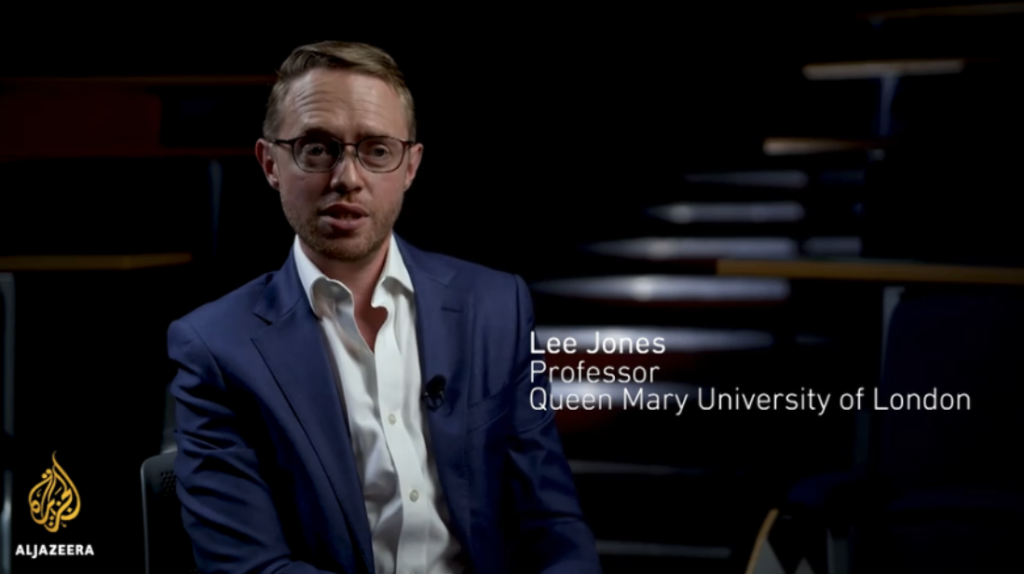
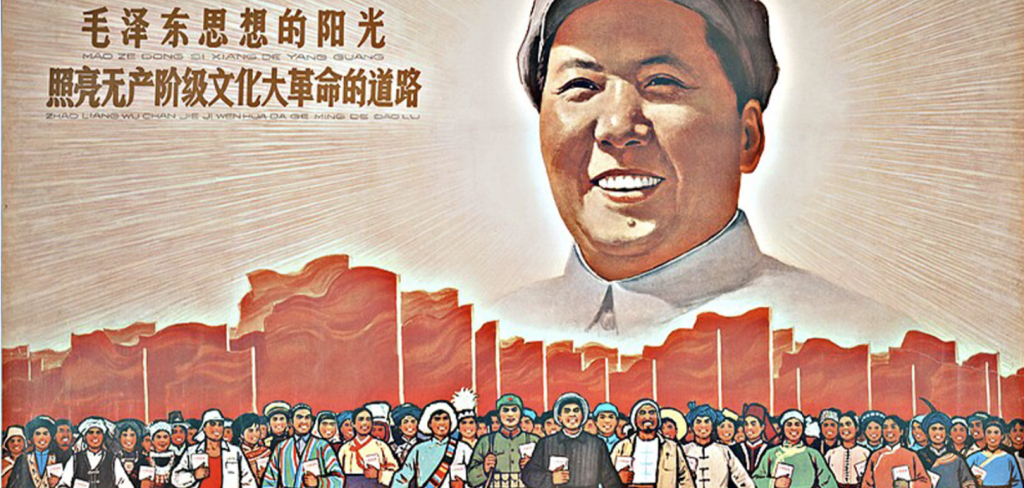
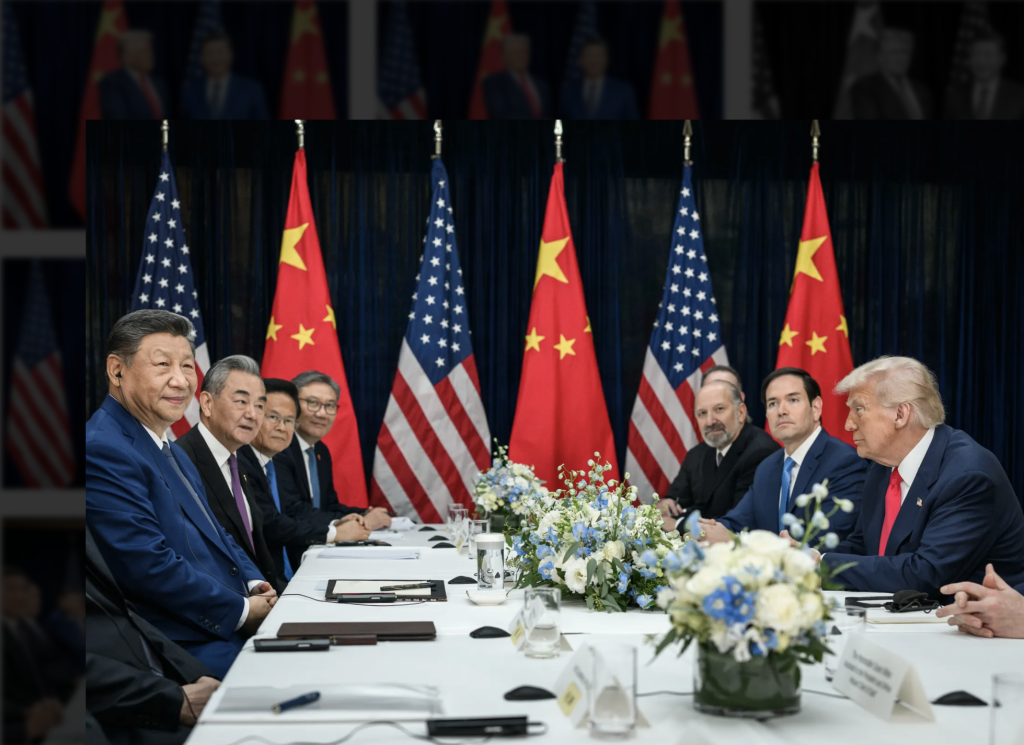
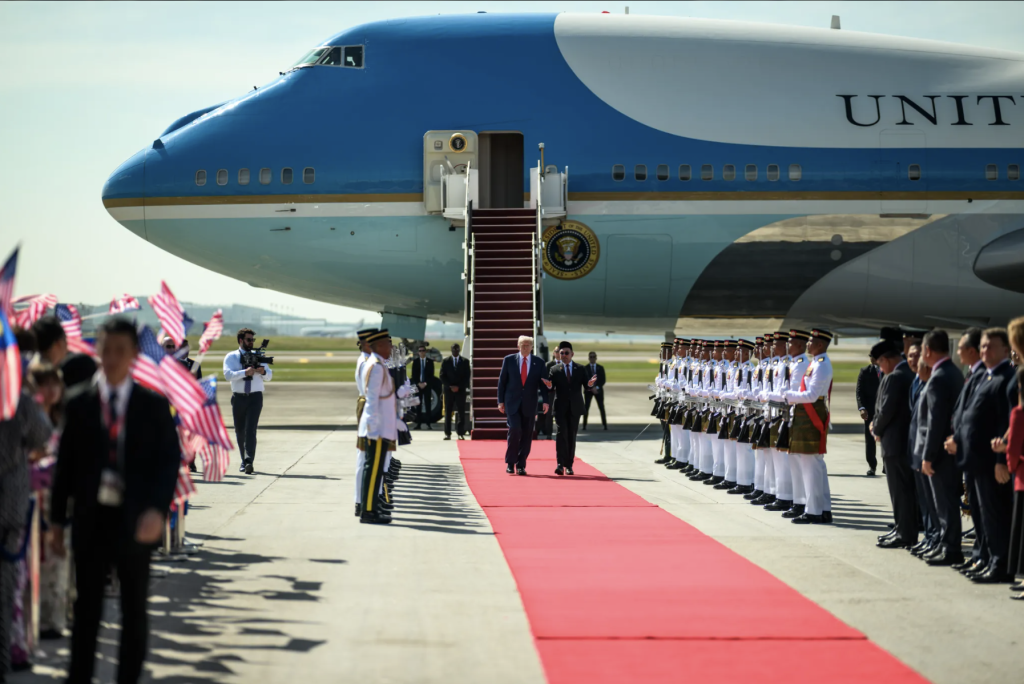
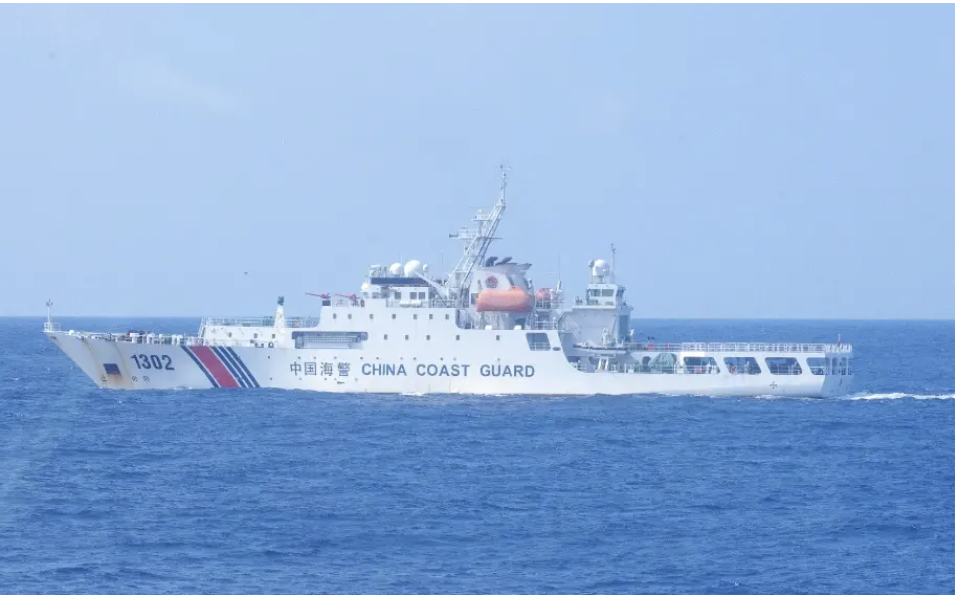
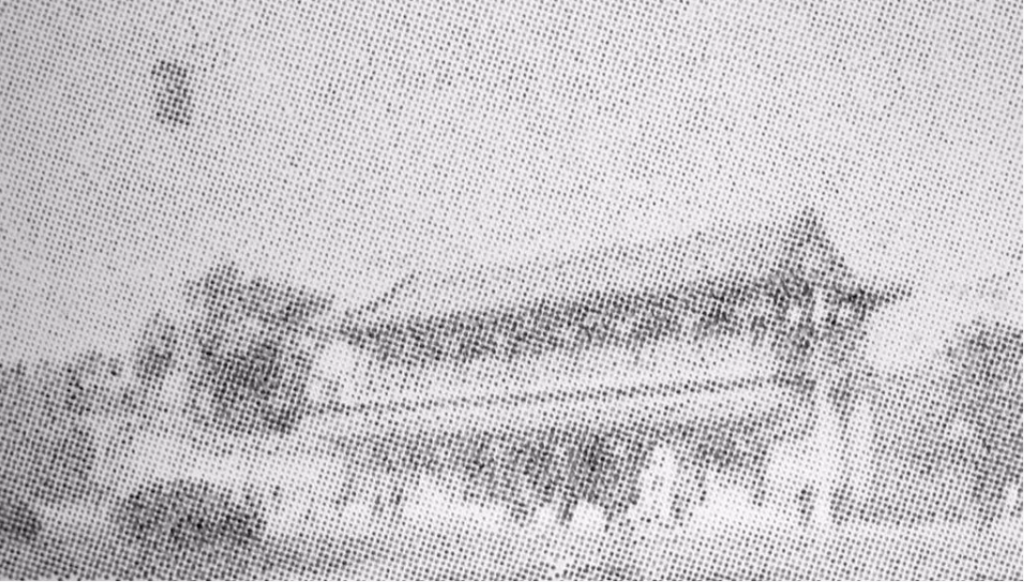

1 Comment
[…] 【编者按:美国重量级中美问题专家戴维·M·兰普顿(David M.Lampton)12月9日在北京参加了第四次中美政策对话会并发表讲话。他在讲话中提到中美两国目前处于(新)冷战的前期阶段,为了避免两国关系进一步滑向更危险的境地,他根据旧冷战教训提出了一系列两国可以缓和局势、改善关系的政策提议。兰普顿授权《中美印象》独家发布他的中英文讲稿。点击这里查看英文讲稿。】 […]